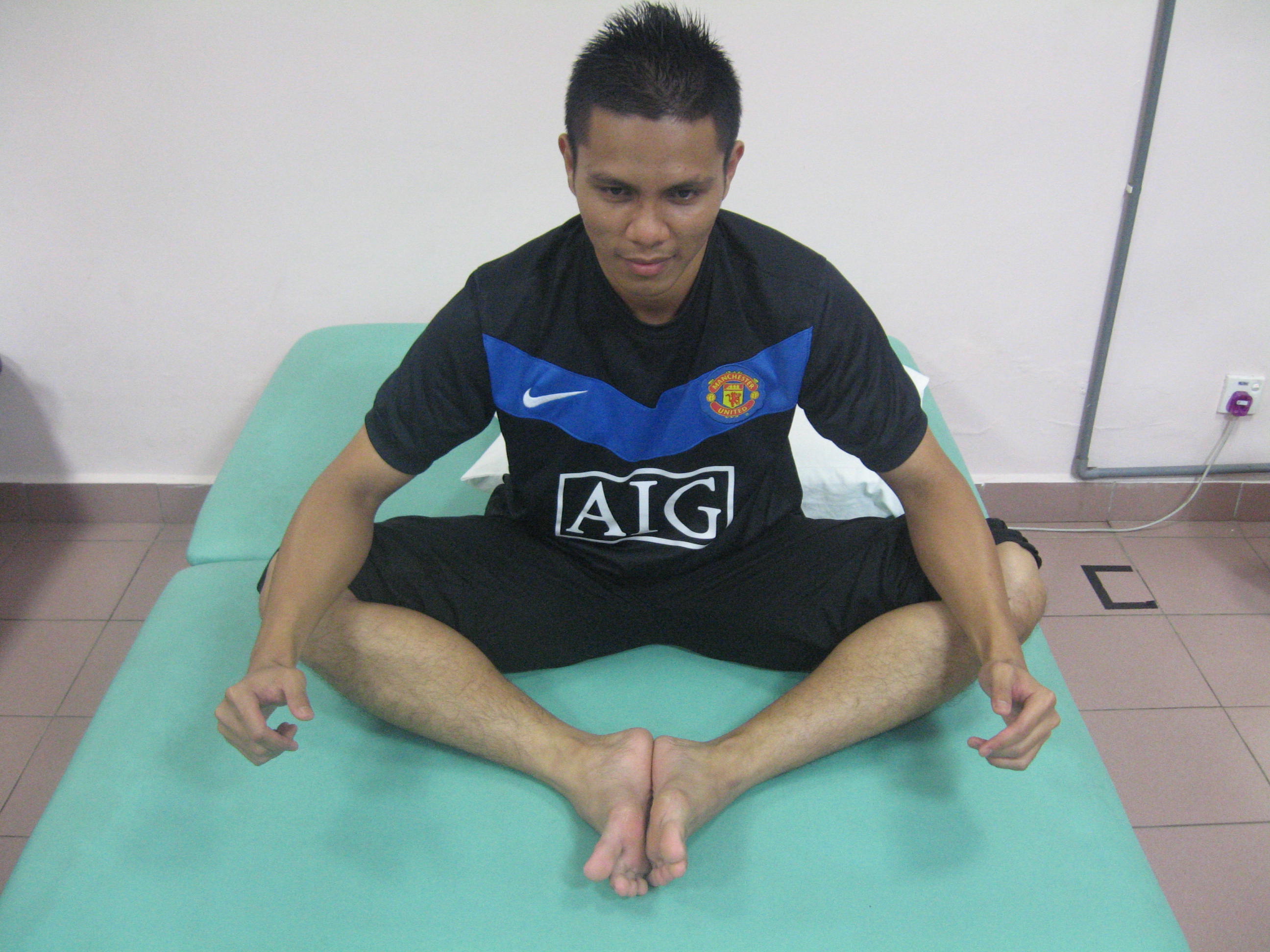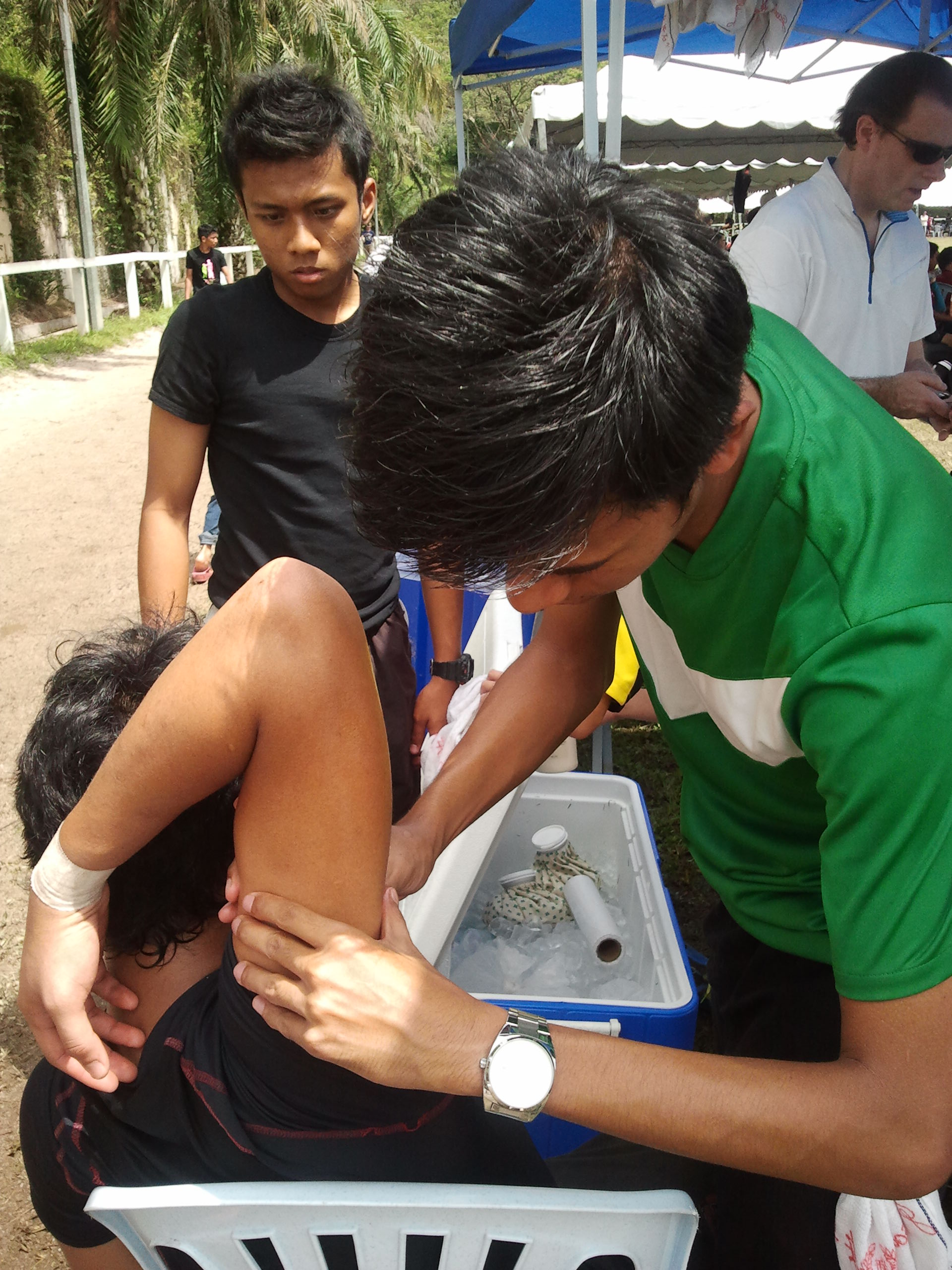What is muscle cramping?
Skeletal muscle cramps are the frustrating problem in sport and physical activity and commonly occur even in highly fit athletes. Cramp is a painful irregular uncontrolled muscle contraction that does not ease. Exercise-associated muscle cramping is defined as a painful sudden and uncontrolled contraction of a skeletal muscle that occurs during or immediately after muscular exercise.
Cramps result when insufficient amounts of oxygen or nutrients are available or when waste products such as lactic acid accumulate.
How many types of muscle cramping are there?
There are 3 types of muscle cramps:
-
Exercise-associated muscle cramps
-
Painful and uncontrolled contraction of muscles that occur during or immediately after exercise.
-
Exhaustion from overuse.
-
Insufficient warming up and cooling down period.
-
Affected only to those overworked muscle.
-
Muscle fatigue-associated muscle cramps
-
Athletes who have been sweating extensively that loss a lot of electrolytes especially after a long race, game or match.
-
Heat- associated muscle cramps
-
Occur during exercise or work in a hot environment that caused a loss of a large amount of salt and water.
-
Often begins in the legs but can become widespread to other body parts.
What are the risk-factors for exercise-associated muscle cramping?
-
Age – Older people are more susceptible to muscle cramps due to normal muscle loss. So the remaining muscle may get overstressed more easily.
-
Athletes – More likely to get cramps in the preseason when the body is not conditioned. They are prone to get fatigued and dehydrate especially in hot and humid weather e.g long distance runners.
-
Dehydration – Can occur as a result of not drinking enough water and sweating excessively
-
Overweight – Excess body weight puts more strain on leg muscles particularly if there is a lot of standing.
-
Excessive exercise intensity and duration – Performing exercise at a higher relative exercise intensity or duration
-
Poor stretching habits – Inadequate stretching of tight muscles before exercise.
What are the symptoms of exercise-associated muscle cramping?
-
Muscle pain develops gradually over a few minutes during intense exercise
-
Visible or palpable localized muscle knotting
-
Muscle exhaustion
-
Relief occurs if the activity is stopped or stretching the muscle gently
-
Can be precipitated by contraction of the muscle in shortened position
What you can do during acute exercise-associated muscle cramping?
-
Rest in a comfortable temperature surrounding with fresh air.
-
Restore body fluids with drinking enough amount of water. Avoid caffeinated beverages that can lead you to urinate frequently.
-
Ice application can help to relax the affected muscle and relieve pain.
-
Gentle massage should suffice to eliminate cramps.
-
Passive stretching of the affected muscle and maintain it until the symptom ceases.
-
Avoid passing urine and please seek medical help immediately if the urine changes to dark color within 24 hours.
How Exercise-associated muscle cramping can be prevented?
-
Be well-conditioned before the activity.
-
Perform regular stretching of the muscle that are prone to cramping.
-
Ensuring adequate daily nutritional and fluid intake.
-
Perform activity at a lower intensity and shorter duration if prone to get cramp.
-
Fluids also should be taken if dehydration is suspected.
-
Reducing excess body weight.
-
Add adequate mineral rich fruits and vegetables in meals.
What are muscle cramps complications?
-
Collapse
-
Respiratory distress
-
Changes in mental status
There are no severe complications of muscle cramps. However, please consult a physician if you experiences frequent muscle cramps because it could indicate a more serious conditions.
 |
 |
| Self-stretching for hamstring | Self-stretching for calf |
|
|
 |
 |
| Self-stretching for groin | Assisted stretching for triceps |
|
|
| Source: Unit Fisioterapi, Hospital Melaka |
References
-
Layzer RB (1981) Leg cramps. Journal of American Medical Association , 245, 2298
-
Schwellnus MP ,Derman EW & Noakes TD (1997) Aetiology of skeletal muscle cramps during exercise:a novel hyphothesis. Journal of Sport Sciences, 15, 227-285
-
W. Larry Kenney, Jack Wilmore, David Costill (2012) Physiology of Sport and Exercise (Fifth Edition), 241-242
-
Manjra SI, Schwellnus MP & Noakes TD (1996) Risk factors for exercise associated muscle cramping in marathon runners. Medicine and Science in Sports & Exercise 28 (Suppl 5), S167
-
Chad Starkey (2012) Athletic Training and Sports Medicine: An Integrated Approach 5th ed, 31
Source image
-
(2012) Unit Fisioterapi Hospital Melaka. Retrieved July 4 2013.
| Last Review | : | 23 August 2019 |
| Writer | : | Mohd Naqiuddin bin Johar |
| Accreditor | : | Daaljit Singh a/l Harbachan Singh |
| Reviewer | : | Halimah bt. Hashim |







